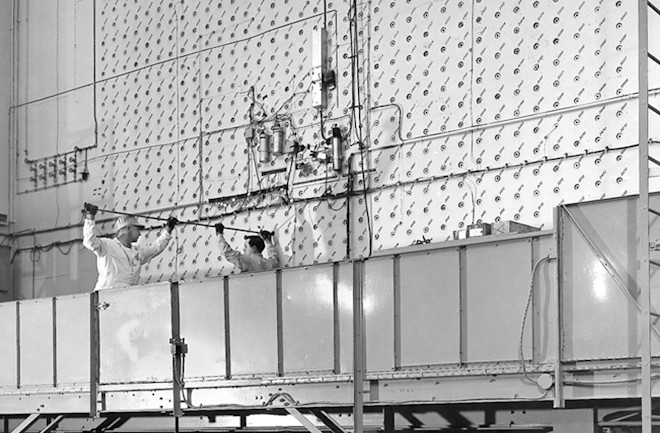(Inside Science) — On July 16 this year, on what marks the 75th anniversary of the first nuclear bomb test, a patient may go to the doctor for a heart scan. A student may open her textbook to study the complex chemical pathways green plants use to turn carbon dioxide in the air into sugar. A curious grandmother may spit into a vial for a genetic ancestry test and an avid angler may wake up to a beautiful morning and decide to fish at one of his favorite lakes.
If any of these people were asked to think about this selection of activities from their days, it would likely strike them as totally unrelated to the rising of a mushroom cloud above the New Mexico desert three-quarters of a century ago. But each item from the list has been touched by that event.
The device that was detonated at dawn on that fateful day unleashed the energy of around 20,000 tons of TNT from a plutonium core roughly the size of a baseball. It obliterated the steel tower on which it stood, melted the sandy soil below into a greenish glass — and launched the atomic age.
To reach this milestone, the U.S. government had marshaled masses of people and spent billions in an effort dubbed the Manhattan Project after the borough in New York where it was first based. Some of the impact of this wartime project, such as the nuclear arms race, still looms large in our public consciousness. But other impacts have faded from view for most of us.
The scan, the textbook, the genetic test and the favorite lakeside retreat represent elements of the Manhattan Project’s forgotten legacy. They are connected through a type of atom called an isotope, which was deployed in scientific labs and hospitals before World War II, but whose overwhelming prevalence in the decades after the war was enabled and pushed by the government apparatus that was a direct heir of the effort to build the bomb.

